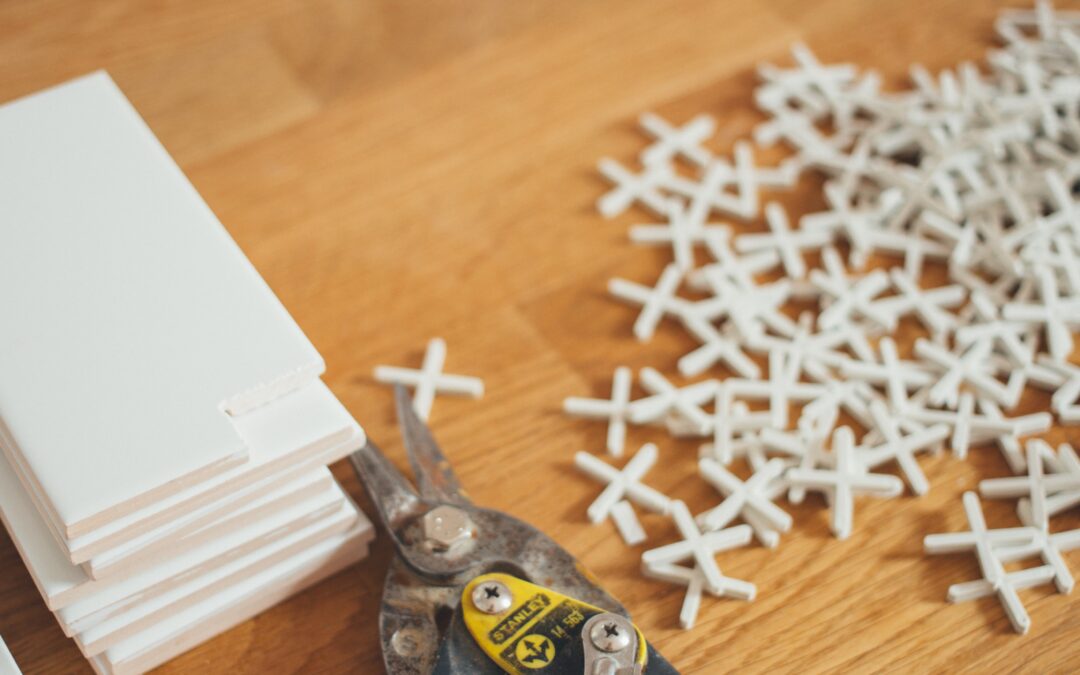When taking on any home improvement project, choosing the right, high-quality materials suited to your needs is a crucial part of the process. But with so many options for flooring, countertops, finishes and more, where do you start when choosing materials? Follow this guide for tips to make informed choices.
Reflect on How You’ll Use the Space
The first step in choosing materials involves self-reflection on your lifestyle, tastes, and functional needs for the space. If high-traffic areas will see a lot of wear-and-tear, durable and easy-to-clean surfaces should be prioritized when choosing materials. Formal dining rooms may focus more on visual appeal over kid-friendliness in material selection. Think about your goals for the room.
Research Your Material Options
Do your homework on the many material types available for flooring, countertops, cabinetry, walls, and other project elements. Browse interior images online or in magazines to get inspired about material possibilities that achieve the look you want. But also read up on the practical pros and cons of each material type to make informed choices. For example, hardwood offers a classic, warm look but requires more maintenance than stone or ceramic tile.
Evaluate Material Samples In-Person
Narrow down your preferred materials that fit your project goals. Then, evaluate actual material samples first-hand whenever possible. Photos don’t always capture the true look, feel and workmanship that seeing materials in person provides. Many suppliers have showrooms for this purpose of choosing materials.
Assess Aesthetics and Design Cohesion
Carefully assess how different material choices will look together in the overall space. You want each design element to work cohesively while having enough contrast so no one material blends in too much. With details like grout spacing or hardware finishes, ensure everything coordinates.
Consider Practical Factors
Once you have a shortlist of suitable materials for your project, evaluate practical factors like durability, maintenance needs, and cost. Porcelain tile is more stain-resistant than natural stone. Well-made custom cabinetry will last for decades. Reclaimed wood offers an eco-friendly flooring option. Choose materials that are affordable and a good investment for the long-term use of the space.
Consult the Experts
Enlist help from qualified interior designers and contractors like Eileen Gould when choosing materials. Their expertise can guide you to affordable, suitable options that align with your vision while being structurally sound. Leaning on their knowledge streamlines decision making and prevents costly mistakes.
Focus on Quality Over Quantity
Choosing materials is about investing wisely in pieces built to last. Allocate more budget to higher-use items like marble counters over closet interiors. Give adequate time and research to make the best material selections. With careful consideration from start to finish, your project will come together seamlessly.
The process of choosing the right, high-quality materials involves self-reflection, research, expert input, and practical evaluation. Follow this guide when selecting materials for your next home improvement project to create a space you’ll truly love.
FAQs
Q1: What are the most durable flooring options?
A: Porcelain and ceramic tile, hardwood with protective finishes, and natural stone last the longest under heavy use.
Q2: Should I splurge on expensive countertops?
A: Quality counters you use often, like kitchen surfaces, deserve more investment than hidden spots like laundry rooms.
Q3: Is reclaimed wood sustainable?
A: Yes, using salvaged wood saves trees and gives homes character with the wood’s natural patina.
Photo by charlesdeluvio on Unsplash


